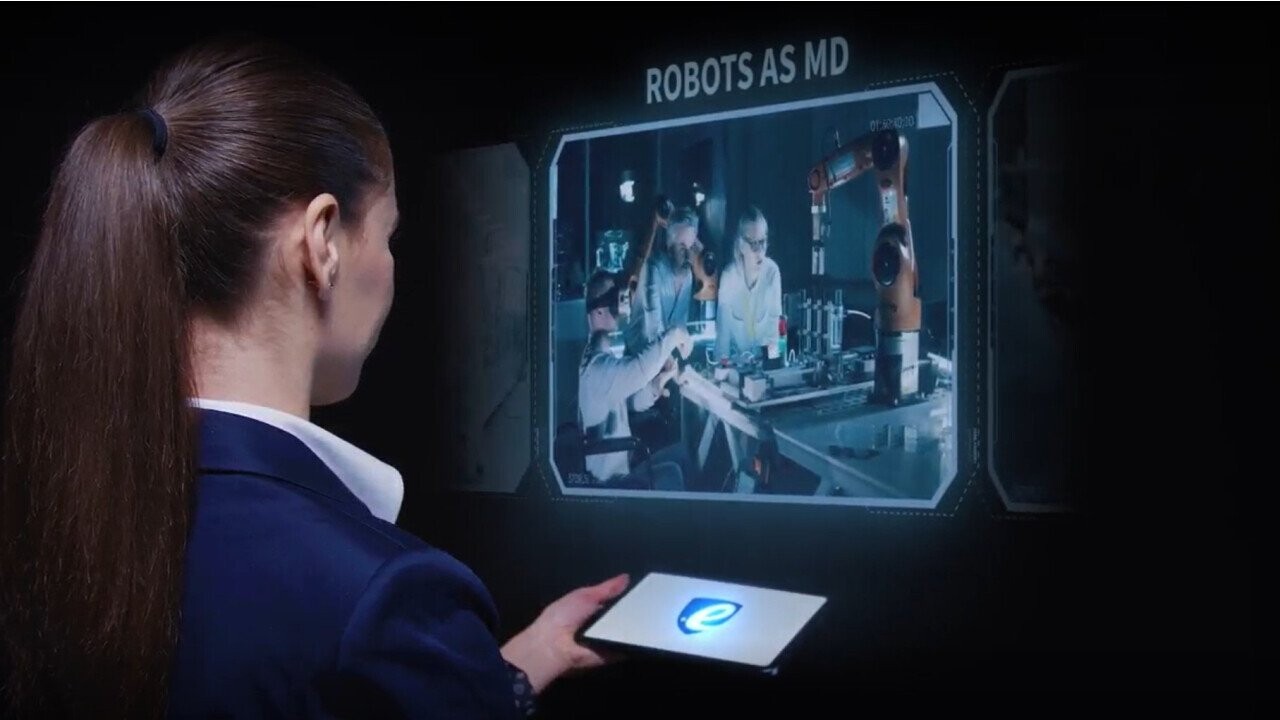The use of robotics in sample preparation for clinical diagnostics is one of the fastest-growing trends in laboratory automation – primarily due to manual sample preparation being such a time-consuming task.
Laboratory automation systems have improved the velocity, quality and performance of sample preparation by a factor of 2 or 3. These systems not only minimise human exposure to hazardous chemicals but also provide consistency in sample preparation. In addition, laboratory automation systems improve the precision of the obtained data while
reducing waste and improving the velocity by delegating repetitive tasks to the robots.
According to Statzon (2022), the market value of Cobots in Pharma is to grow to USD 210 billion in 2032, mainly used in quality testing.

Global Collaborative Robots Market Value in Pharma, 2022-2032, Million USD source
Case Study:
The customer
One of our customers, who is among the world's top 5 robot manufacturers, wanted to adapt their general-purpose collaborative robots (Cobots) into the MedTech domain and transform them into pre-analytical and post-analytical laboratory instruments, handling samples.
The challenge
We were asked to develop a regulatory-compliant solution to transform an all-purpose robot into a fully LIMS-integrated medical device, including the solution's definition, design, development and deployment. Moreover, this project was strategic for our customer as it would let them validate and start their first collaborative robotic solution for laboratory automation, allowing them to sell their products in the MedTech industry, fully certified and compliant. However, to do so, the first prototype had to be deployed in less than six months.
The solution
We took the best from our expertise in MedTech, robotics, highly regulated environments and cybersecurity to interpret the business and technical needs and constraints. From the beginning, we provided recommendations regarding the minimum viable product (MVP) to be delivered for meeting the business, certification and technical goals.
Our team was involved in all the stages of the project's development. From the beginning, we helped the customer to better understand the diagnostics laboratory environment in terms of regulation and interaction with other software agents. We created a solution based on .NET Core which, using laboratory communications standards, enabled the Cobot to be directly managed by any Laboratory Information System (LIS) on the market. In addition, we embedded a responsive Human-Machine Interface (HMI) to visualise the information in a friendly and intuitive way based on Angular standards.
Benefits of Cobots in MedTech
Reasons why MedTech companies (especially the ones focused on diagnostics instruments) should also consider investing in Cobots:
Increasing the throughput in your lab
Integrated lab automation increases your lab's productivity and efficiency, enabling you to obtain results more quickly and advance the science rapidly.
Avoiding possible human mistakes
Getting rid of the human factor for non-critical processes can improve test accuracy and expedite data flow.
Empowering you to focus on the future
Walkaway time is lengthened by integrated lab automation. This opportunity allows lab scientists to work more creatively, reengage in cutting-edge research and continue their development instead of being constrained by manual tasks.
The value provided to the customer
1. Shortened Time to Market.
2. Guidance for regulatory requirements and Quality Management System (QMS).
3. Fully LIS-integrated medical device.
4. Agile development.
5. Improved UX, with the same look and feel as existing lab devices.
6. Reusable and scalable solution.


